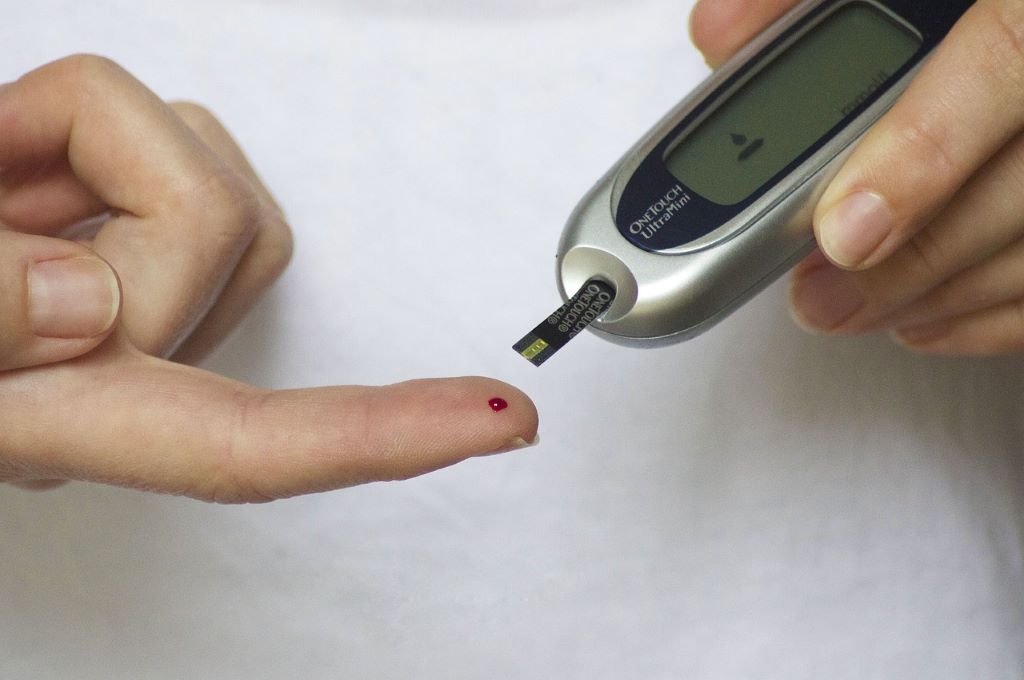 Member Login
Member Login

Cox, Phillip & Mihalko, Shannon & Danhauer, Suzanne & Kirk, Julienne & Canzona, Mollie & Black, Heather & Shumaker, Sally. (2022). Exploration of the patient’s voice: Finding deeper meaning in the linguistic cues used by adults living with diabetes. Communication and Medicine. 10.1558/cam.18160. doi: https://doi.org/10.1558/cam.18160
Diabetes is a chronic health condition that places a significant burden of self-management on people living with the disease and their families. The self-management of diabetes involves making frequent decisions relating to lifestyle, diet, blood glucose monitoring and taking medication as prescribed.
Nonadherence is very common, though understanding why people do not adhere to medical advice is more complex and has many contributory factors. Clinicians are very well placed to influence how successfully a patient can self-manage their condition, but it is often difficult for a clinician to fully understand the behaviour and experience of each patient.
The researchers in this study believe that the patient experience is most clearly expressed through the words they use. It is challenging, however, for medical practitioners to pick up on the indirect way that patients express worries, fears, confusion, needs and other emotions, which may be indicative of urgent issues for the medical practitioner.
The researchers wanted to quantify, analyse and compare how patients spoke about their diabetes using multidimensional analysis techniques. Of the 108 participants who recorded interviews, 99 were used for analysis. All participants were grouped into adherent and non-adherent groups on the basis of the results of a dichotomised glycated haemoglobin score. 62 participants were judged to be non-adherent and 32 adherent. The recorded interviews were transcribed and prepared for computer analysis. The Multidimensional Analysis Tagger program (Nini, 2014) was used for grammatical tagging of the interview texts and statistical analyses performed on the results. AntConc 3.5.8 was used to analyse the linguistic features in context.
The computer analysis revealed that 10 linguistic features were used with significant differences of frequency between the adherent and non-adherent groups. Of these features, eight were linguistic markers of personal stance. The adherent group used a greater frequency of persuasive stance features (predictive modals with demonstrative pronouns, split auxiliaries), hedges and sentence relatives, while the non-adherent group used more causative adverbial subordinates and negation. Phrasal coordination and third-person pronouns were used with greater frequency by participants in the non-adherent group.
The study was exploratory in nature, though the findings demonstrate that the ways different people speak about their diabetes can be differentiated. The data set used in this study was small; it may be possible in the future to analyse larger datasets from merged healthcare data relevant to specific patient populations to achieve greater generalisability. Having a greater understanding of the importance of linguistic tendencies and being trained to listen for them when talking to patients can help providers prioritise a patient’s needs.
Full text available here: https://journal.equinoxpub.com/CAM/article/view/18160